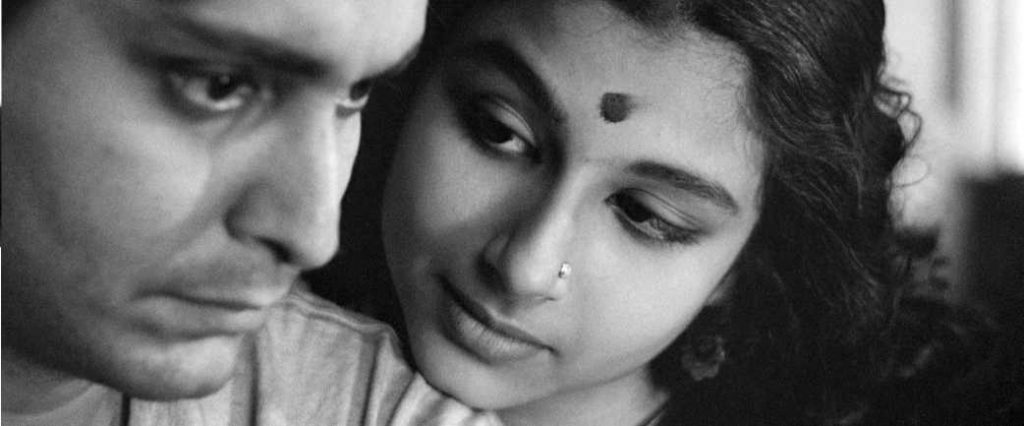Undergraduate - Spring - 2017
Indian Cinema: Theory, History, Hagiography

Details
Description
This course interrogates the concepts of “nation,” “national identity,” “national history” and “national culture” by focusing on Indian cinema from the silent era to the present. We address questions such as follows: What constitutes the “Indian-ness” of Indian films? Why do the main characters keep breaking into song and dance routines? Why has kissing been so rare on the Indian screen, and yet the heroines keep getting so revealingly wet in the rain? What institutional arrangements and constraints do these films have to negotiate, what ideological functions do they perform with shifting political contexts? How do the various “alternative” film movements (characterized as art cinema, middle cinema, or parallel cinema) relate to commercial industrial productions? Which body of films represents “authentic” Indian values and realities: in other words, what films constitute an Indian “national cinema?” What are the contradictions of such a nationalist project? How do “regional” film industries–such as Tamil, Telegu or Bengali cinemas– relate to Hindi films coming out of Bombay, and how do they fit into the notion of a national cinema? Why and how are the popular genres being transformed in recent years? How do recent filmmakers capture a global, diasporic audience, while continuing to engage with local concerns? Is this global reach something new? And what is “Bollywood,” anyway? What are its relationships to other commercial industries such as Hollywood and Hong Kong?
At stake is the understanding of a rather different audiovisual assemblage, consisting of institutions, idioms and nuances that will, hopefully, prompt you to rethink and modify standard notions of film theory and history.
